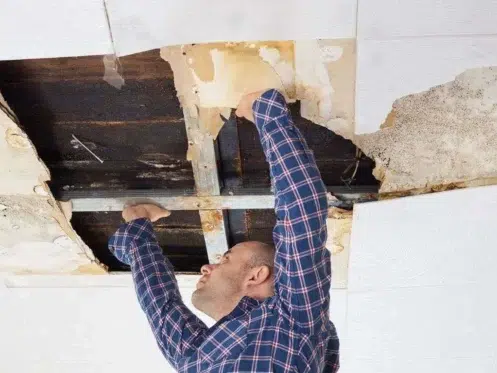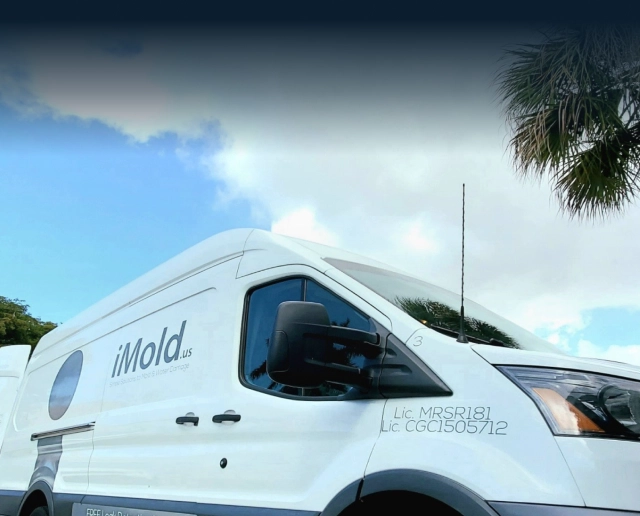How Does Water Damage Happen In Your Home?
Water damage in your home is not a fun or easy problem to deal with. It is helpful to understand how water damage happens and how to prevent it.
Common Causes of Water Damage
Plumbing Problems
A lot of water damage in your home is caused by plumbing problems. Pipes only have a certain lifespan and can leak. PVC pipes last indefinitely, depending on how well you take care of them. Steel pipes usually last between twenty to fifty years. Copper lasts about fifty, and brass about seventy. Cast iron may last up to 100 years. If you live in a colder area, pipes can easily burst. The chance of pipes bursting does depend on where they are and what their function is. Water heaters also only last for a certain length of time and can leak. Water heaters usually last about ten years, and tankless water heaters about twenty.
Appliance Leaks
Appliances can leak, which causes water damage to your home. Your washing machine and dishwasher could leak or have a hose that leaks. This allows water to escape during their cycles and could cause water damage. Your refrigerator can also leak if it has a damaged water line.
Weather
If you are in an area with a lot of rain or snow, water damage can easily occur in your home. If you have any leaks or cracks in your house or roof, water can get in. Heavy storms and hurricanes often bring along wind and flooding. Flooding may cause water damage to the foundation of your home.
How to Spot Water Damage
Flooding and leaking are apparent signs of water damage. You also want to look for areas that are damp or appear water-stained. There is often the smell of mildew around water-damaged areas. If you suspect water damage on your floor, you may want to pull up the carpet or floorboards to check. Mold may also be growing around areas where you have water damage.
Make sure you stay safe when looking for water damage. If it is due to flooding, turn your power off before inspecting the wet areas. You do not want to discover water that is charged by electricity accidentally. Gloves and boots are also vital in keeping yourself safe.
How to Prevent and Repair Water Damage
- Keep things dry: If you see water in your home from one of the causes we discussed, dry it immediately. This may involve removing any furniture in the area and turning on fans. In severe cases, hand, gas, and electric pumps may be necessary. You may also want a dehumidifier to remove every trace of moisture. Mold can begin to grow from water damage in as little as 24 hours. Finding and stopping water damage as soon as possible is critical.
- Make sure all your appliances are working as they should be: If they are out of date, they are more likely to leak and cause water damage. Keep them updated and service them when needed.
- Replace plumbing when needed: Pipes and heaters must stay up to date to prevent any leaking and water damage.
- Have your home inspected regularly: Your roof and siding need to be sealed to prevent water from entering and damaging your home.
- Check your ceiling and roof first: If you receive water damage from a storm, your ceiling is essential to check and repair first. Water damage in your ceiling can harm the foundation of your home and cause it to collapse.
- Replace any walls or flooring that have water damage: Seal them completely, and look into waterproof products to avoid any future damage.
- Disinfect any water-damaged areas: To prevent mold from growing from water damage, make sure the area is thoroughly cleaned. A bleach solution usually works well for this.
- Contact a professional water damage restoration company: Removing and restoring any water-damaged areas is essential and should be done as soon as possible.
If you suspect that you have water damage in your home, don’t panic. Inspect it, then remove and disinfect it if possible. Call the professionals to handle more extensive issues and restoration.
Keep up with iMold on Facebook, Twitter, and Instagram!

